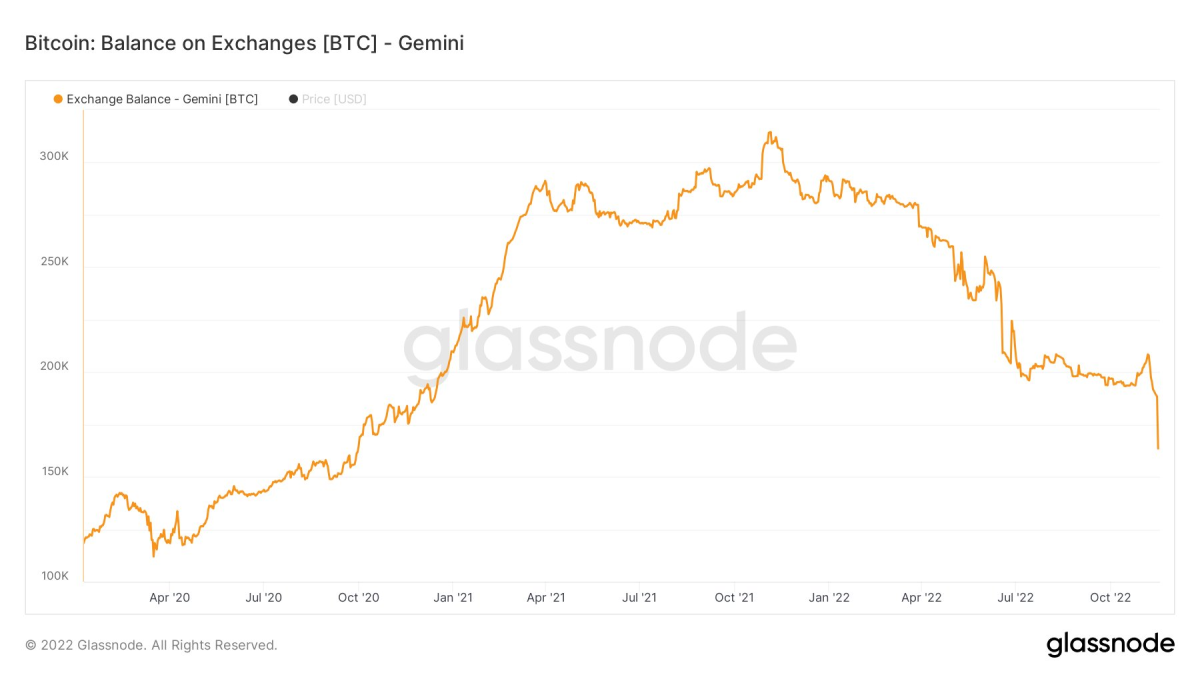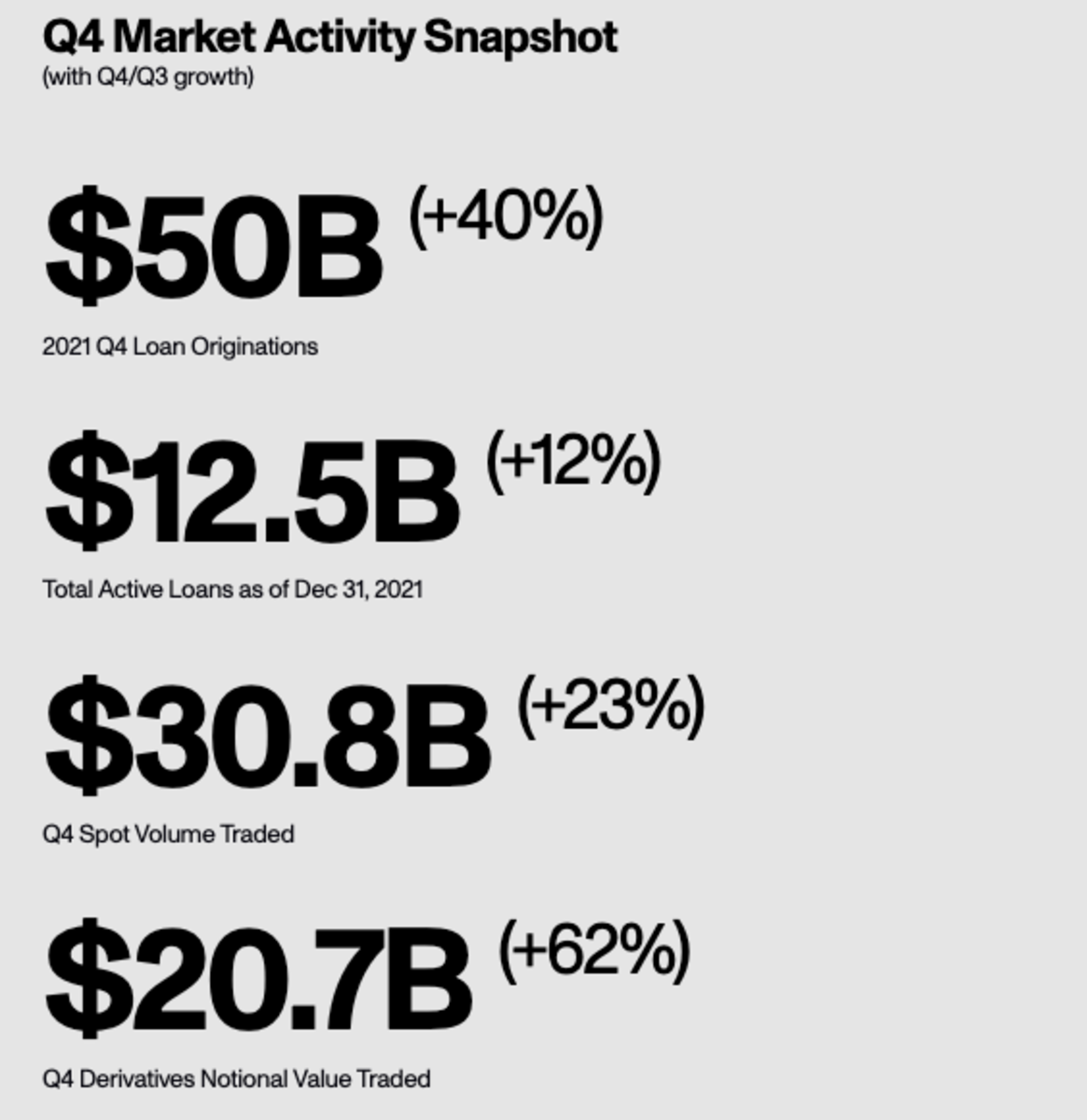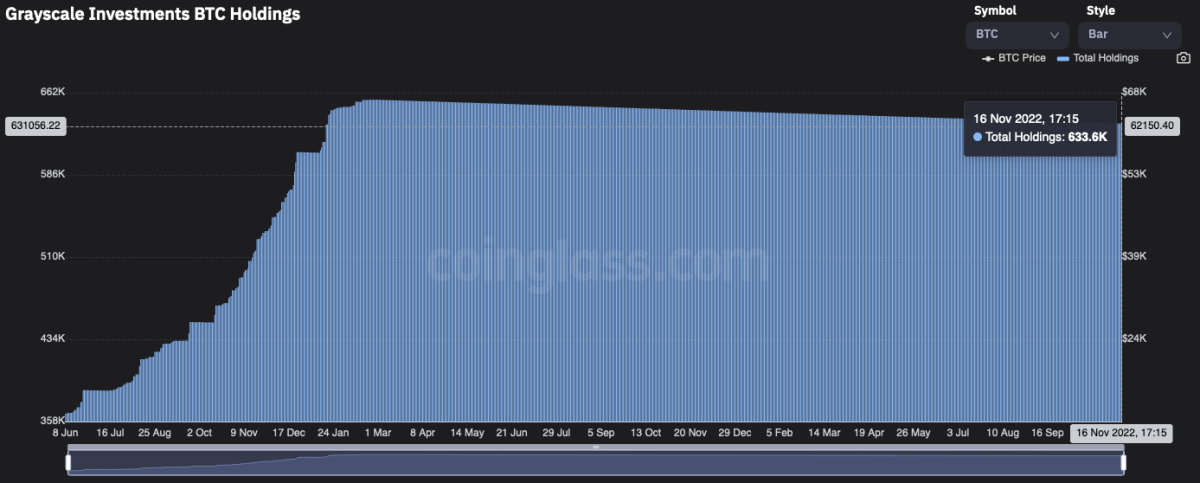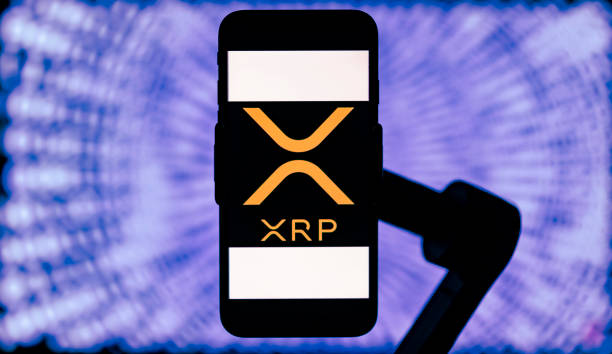The below is an excerpt from a recent edition of Bitcoin Magazine Pro, Bitcoin Magazine's premium markets newsletter. To be among the first to receive these insights and other on-chain bitcoin market analysis straight to your inbox, subscribe now.
Genesis Looks For Liquidity Injection
If you don’t know about Genesis Trading perhaps you should. They represent the backbone infrastructure of the institutional investor base in the bitcoin and broader crypto markets. For lending, trading, hedging, exchange yields and more, Genesis Trading was the brokerage to facilitate all of this activity in the space. Remember those juicy yields from the BlockFi and Gemini Earn products in the space? Genesis is the middleman between those platforms and hedge funds to generate that yield.
Genesis held a short client call to announce the suspension of redemptions, withdrawals and new loan originations. With exposure to FTX and Alameda Research, the company now needs another liquidity injection after having nearly $175 million locked in a trading account with FTX. As an initial response, parent company Digital Currency Group (DCG, the parent company of Grayscale), injected $140 million into the business to keep operations running smoothly. Yet, Genesis is now scrambling to find more capital. It’s the reason Gemini Earn had to halt withdrawals.
Although Gemini has been vocal that the rest of their operations are working normally, limiting the Gemini Earn product and having service outages across the platform seem to have sparked a small rush to get bitcoin off the exchange: 13% of the total bitcoin balance has left over the last 24 hours. As we’ve highlighted before, exchanges are not the place for your bitcoin, especially when there’s a high probability that there is another exchange (or even multiple) left to fall.

To give you an idea of size, Genesis had $50 billion in loan originations in one quarter and a $12.5 billion active loan book at the peak of the market back in 2021. Yet, loan originations and the active loan book both took a hefty haircut, falling to $8.4 billion and $2.8 billion respectively, as of the third quarter of this year. Back in July, Genesis filed a $1.2 billion claim against Three Arrows Capital that was picked up by DCG to keep the hit off Genesis’ books. Loans were partially collateralized with shares of GBTC, ETHE, AVAX and NEAR tokens.

Source: Genesis Quarterly Report
We know from on-chain activity that Genesis had tons of interactions with Alameda, Gemini and BlockFi through their OTC trading desk; FTT was also a top token received and sent in that activity. Without Genesis sharing more details, we don’t know the extent of the exposure and capital needed to make customers whole. Yet, the fact that the parent company DCG hasn’t already stepped in to provide another liquidity injection is a warning sign on where this might end up. News surfaced that Genesis is seeking a $1 billion credit facility immediately. Not good.
In the worst-case scenario, the lack of funding supplied by DCG could spark questions around accessible liquid assets. DCG and Grayscale have dissolved trusts before and that option is not off the table. It’s an unlikely path but certainly one to highlight since Grayscale is the largest holder of bitcoin via the Grayscale Bitcoin Trust, holding nearly 633,600 bitcoin. Easily, this could be a regulatory issue or another limitation (that we don’t know about) where DCG cannot supply the capital to Genesis.

Source: Coinglass.com
Circle, the issuer of the stablecoin USDC, also has ties to Genesis. Yet, they highlight that their Circle Yield product only accounts for $2.6 million in collateralized loans outstanding which, if true, is fairly insignificant.
We will likely hear more about the state of Genesis in the coming days since they want/need the capital injection by Monday. This would be a massive hit to a laundry list of institutions in the industry if withdrawals remain suspended and funds tied up. Genesis reflects the exact reason why the overall contagion of the FTX and Alameda Research collapse has yet to play out. Defaults and insolvencies come in waves, not all at once. It takes weeks and months to see where the biggest holes are and who is having liquidity, counterparty and/or insolvency troubles.
On top of that, nearly every major player and market maker has pulled their cash from exchanges to shore up their own balance sheets and decrease counterparty risk. Liquidity in the market is thin and the time is ripe for volatility to ensue. Although the market has seemed to find a temporary bottom amid all of the negative news headlines over the last week, the unknown downside risk still far outweighs the upside potential in the short term.












